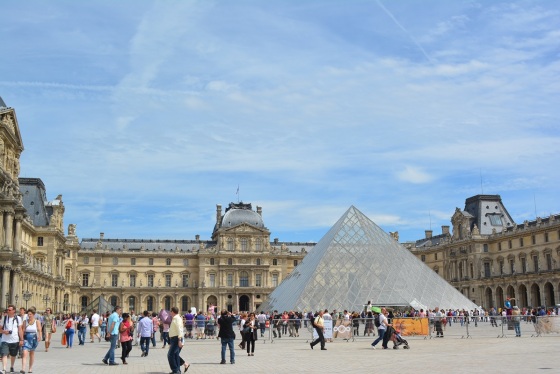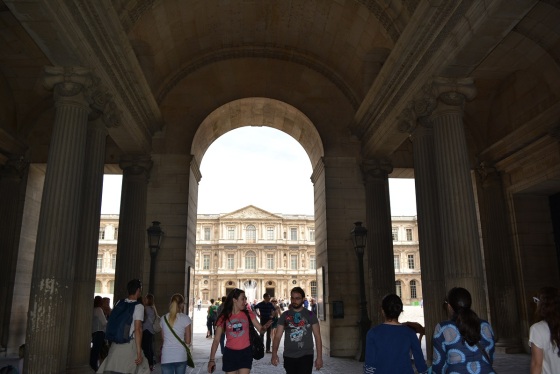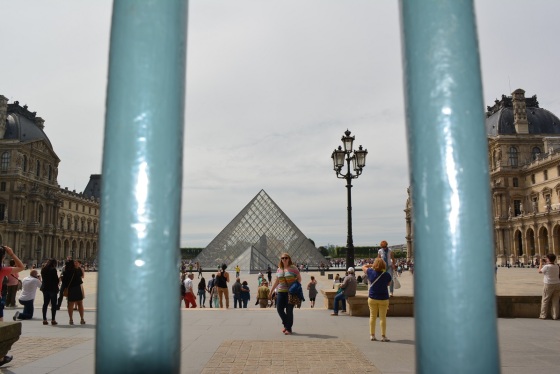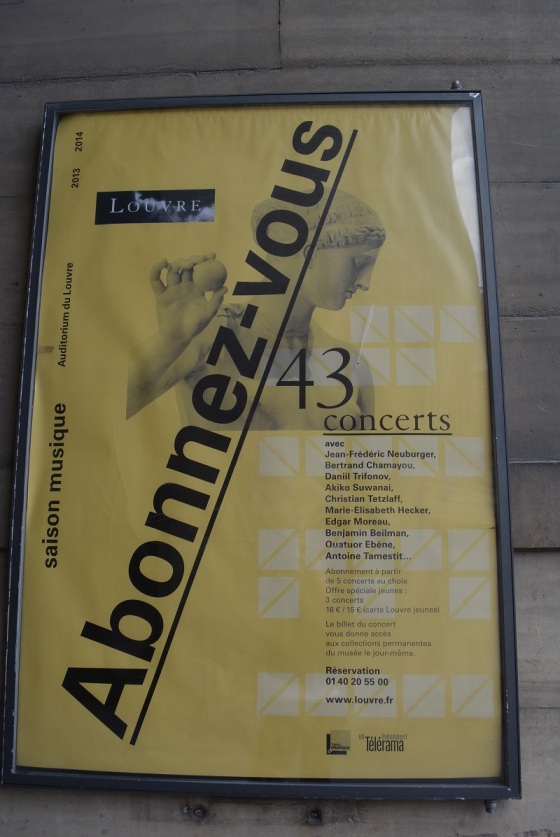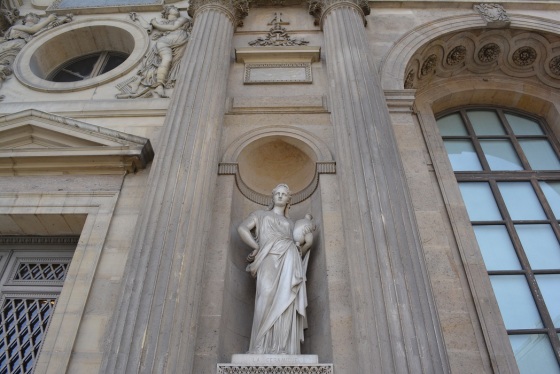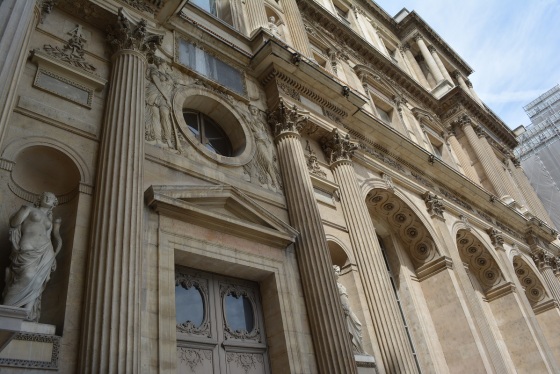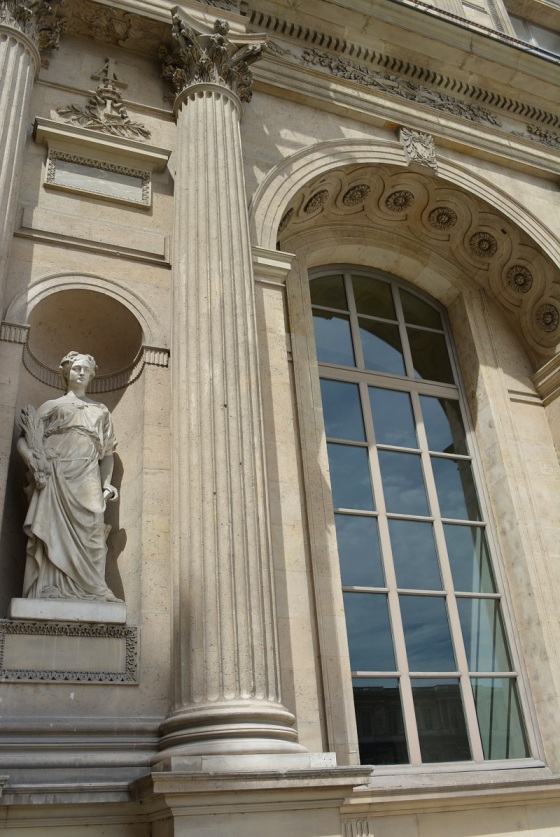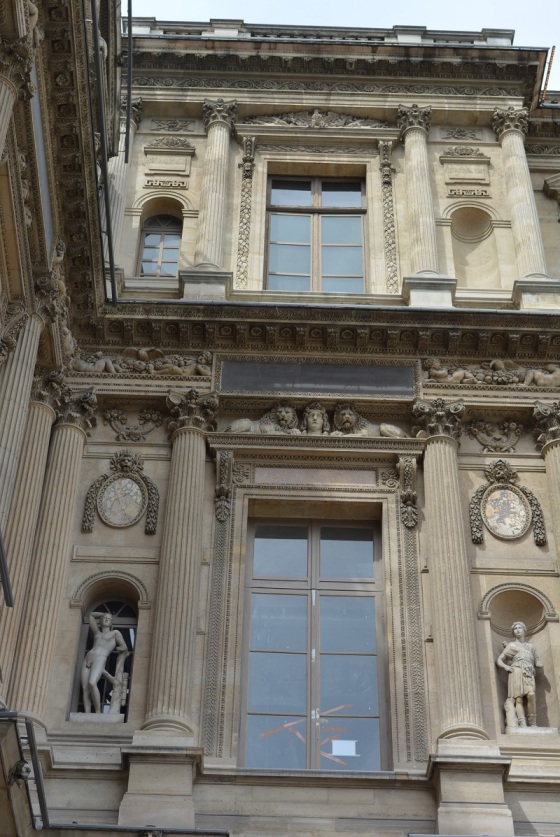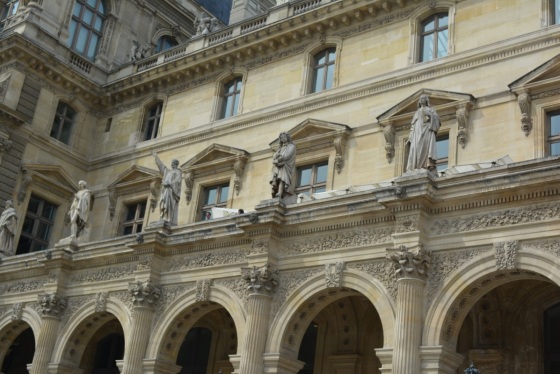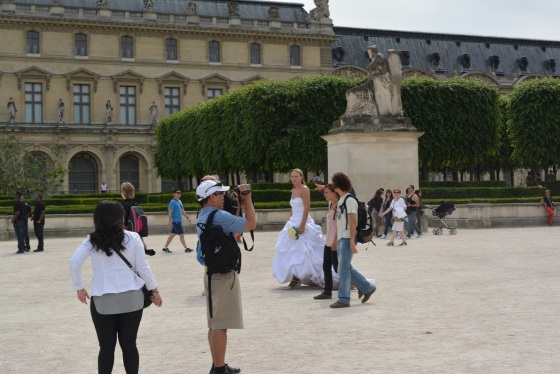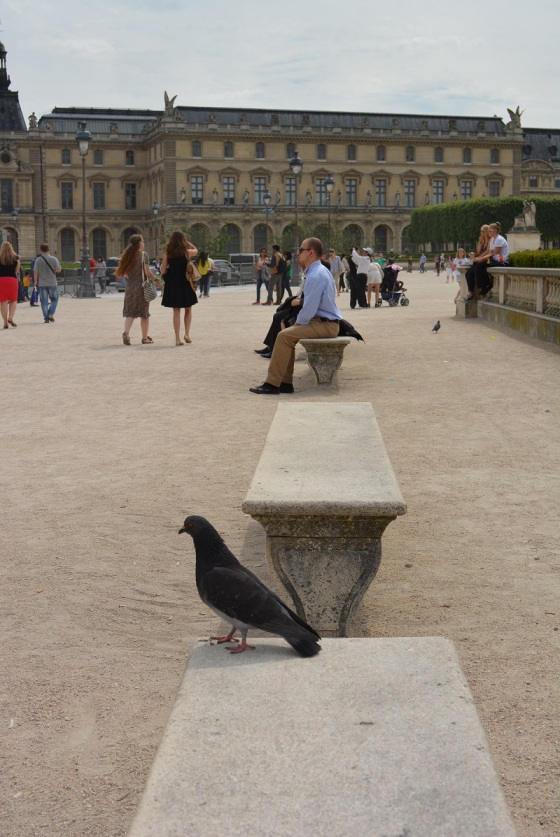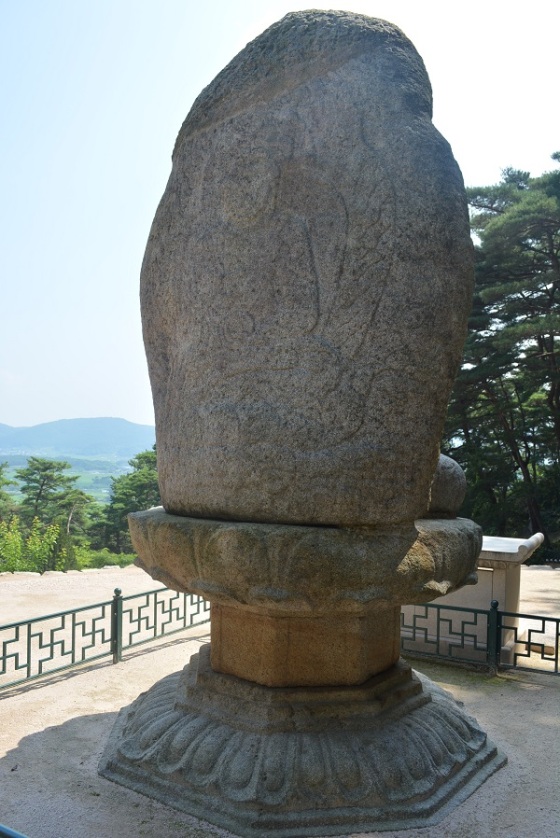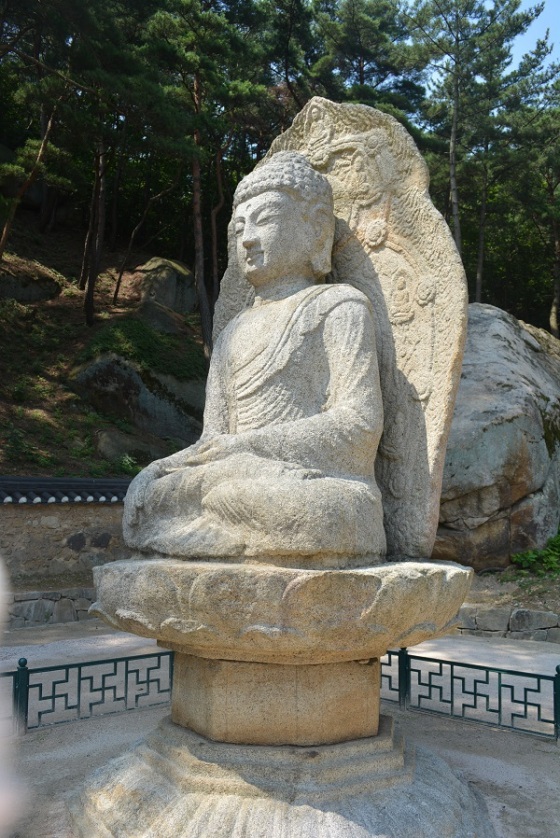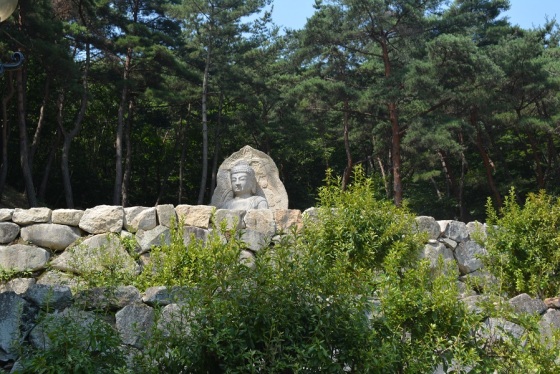Monday, August 26, 2013
Collecting in remembrance of the Holocaust
“The Holocaust is something that all people need to learn from. Genocide has happened and continues to happen to many cultures around the world and the dangers of prejudice and discrimination are universal.”
That means if you see someone being teased or mocked about their race or religion you need to stick up for them.
Sacha Kenny For photographer and writer Sacha Kenny, recording stories encapsulates her love of both the visual and a good story. View full author page
New Zealand Children’s Holocaust Memorial. 1.5 million buttons, one button for every child killed during the Holocaust of WW2.
1.5 million buttons for the 1.5 million child victims of the Holocaust – the students of a small New Zealand Jewish school pay homage to a generation lost and learn about hope in times of darkness
In 2008 the students of Moriah School, a small Jewish school in central Wellington, New Zealand, set themselves the mammoth task of collecting 1.5 million buttons – one button for every child killed during the Holocaust of WW2. Collected from throughout New Zealand and around the world it took two and half years to reach their target.
Since then the students, as part of the New Zealand Children’s Holocaust Memorial and in conjunction with the Holocaust Centre of New Zealand, have been fundraising to build a permanent memorial to house the buttons. Named ‘Bewilderment’, the memorial will honour the lost children of the Holocaust as well as act as a vehicle for ongoing education.
An enormous number, 1.5 million buttons laid in a straight line would stretch 26kms. Seeing the many containers and boxes full of tiny buttons is both moving and heartbreaking. That each button represents an actual child, an actual life, is hard to comprehend.
Most of the buttons represent children the students know nothing about – they don’t know their names, where they came from or their stories, however there are many buttons that tell real stories, termed ‘vestiges of love’, like…
- The paua button sent by Ozi Zilberstein van Straten of Beersheva, Israel, to represent her older brother Harvey Zilberstein. Harvey was barely five years old when he was killed, along with their mother, at Auschwitz concentration camp in February 1944. “This button I send with love, not just as a number, a part of millions, but a name, a neshama (Hebrew for “soul” or “spirit). Thank you for remembering him, and all the others.” Ozi Zilberstein van Straten
- The 88 buttons, sent from Oslo, Norway, by Aase Andreassen whose parents were part of the illegal Norwegian Resistance Movement. One button for each of the 88 Jewish children deported from Norway during the Holocaust, of whom only two survived.
- The 600 buttons sent in by the daughter of a Polish woman who, as child, was brought to New Zealand as an orphan just before the outbreak of WW2, leaving behind her four brothers and sisters, all of whom perished in the Holocaust.
These and many more ‘vestiges of love’ can be read on the New Zealand Children’s Holocaust Momorial website
Justine Hitchcock the former principal of Moriah School, initiated the Button Project but says it was the dedication and determination of the children that has seen the project evolve.
“From the actual visible and tangible aspects such as collecting, counting and storing thousands of buttons to a much deeper awareness with a resounding affect of remembrance, understanding and education – it was children who led the project and children to whom the project is dedicated.
“Each button represents a child who was not able to be protected by the society it was born into. But each button was collected and cared for by a child wrapped in a community of support. And so each button represents not loss and despair, but hope and progress.”
Ms Hitchcock, who is not Jewish, says that although the Button Project is primarily in remembrance of the children killed during the Holocaust it’s important to stress that Holocaust remembrance is not just a “Jewish thing”.
“The Holocaust is something that all people need to learn from. Genocide has happened and continues to happen to many cultures around the world and the dangers of prejudice and discrimination are universal.”
Former Moriah School students Caitlin Rutherford and Benya Klapaukh, both teenagers now, were primary-school age when the project began and for Caitlin the enormity of the number and the significance of the project were hard to comprehend at such a young age.
“At the time the importance of the project didn’t really process in my head but when we started doing the research and began to understand what we were doing it took a toll and I began to realise what a huge number it is. Now that I’m older it makes a lot more sense and makes me want to be part of it even more.”
For Benya learning about the Holocaust and collecting the buttons taught him that even in times of such hurt and fear, good people shine through.
“One quote that we heard from a survivor was: “In a time like the Holocaust it is like living in a pitch-black room, but every time someone does something nice for you, it’s like them coming in and lighting a candle. You need to focus on the light.”
“The project taught me about people, that there are good people out there. It has also taught me to ‘focus on the light’, to always focus on the good things in life, which is what I hope the project and memorial will represent in the future: to inspire people, to ensure the children did not die in vain – that they are remembered, to teach people about what happened only 70 years ago so it never happens again and to always focus on the good and not the bad.
“For me It’s also special that the buttons were collected by children, for children. I don’t know exactly what it is about that. Maybe we are living the life they didn’t get to, but this seems like a really important component of the project – less than 25 children collecting 1.5 million buttons in three years is pretty impressive and inspiring.”
All different colors, shapes and sizes, the similarity between buttons and children is poignant. There is a line from one of the ‘vestiges of love’ which reads: “Buttons are used to hold something together, to unite. We all need to unite if we shall rid the world of cruelty, hate, racism and violence.”
In essence these buttons remind us to be kinder and in the words of the students of Moriah School: “As wrong as the Holocaust was, it can teach us all a very important lesson – we can use it to prevent something as tragic as this from ever happening again. That means if you see someone being teased or mocked about their race or religion you need to stick up for them. A little bit of teasing on the street could lead to everybody else ganging up on that race or religion. We want everyone to think about this.”
- For more information about the New Zealand Children’s Holocaust Memorial visit:www.nzchmemorial.com
- Bewilderment Memorial facebook page: www.facebook.com/NZCHMemorial
- Holocaust Centre of New Zealand
80 Webb Street,
Wellington
www.holocaustcentre.org.nz
Rescue Falun Gong Children in China
From - http://www.theepochtimes.com/n3/blog/button-project-learning-about-hope-in-times-of-darkness/
Labels:
Humanity 人性
Saturday, August 24, 2013
War Has Devastating Impact on Children
A Syrian child’s sad graze amid civil war
The number of Syrian children forced to flee their homeland as refugees reaches one million.
Story:
One million Syrian children have been forced to leave their country after more than two years of civil conflict that has seen hundreds-of-thousands perish, said the United Nations on Friday.
One million Syrian children have been forced to leave their country after more than two years of civil conflict that has seen hundreds-of-thousands perish, said the United Nations on Friday.
Children make up half of all refugees from the Syria conflict, according to UNICEF and the United Nations High Commissioner for Refugees, also known as the UN refugee agency.
Most have arrived in Lebanon, Jordan, Turkey, Iraq and Egypt, though increasingly, Syrians are fleeing to North Africa and Europe.
Latest figures show that some seven-hundred-and-forty-thousand Syrian child refugees are under the age of 11.
In the Za’atari refugee camp in neighbouring Jordan—home to one-hundred-and-thirty-thousand Syrians—children are led in exercise routines and games to keep them entertained.
But for many, memories are as vivid as they have ever been.
[Iman, 11-year-old Refugee from Dera'a]:
“The principal told us the army was going to take over our school. I asked if I could go away for a few days to a nearby town and he said ‘yes’. During those days we saw rockets flying right above us and we hid from them. Then my uncle said we will leave for Za’atari. It’s safe here, even if home is better. Here we can go to sleep in peace and we never worry about attacks. Sometimes we hear fireworks and think we are being attacked again, but we’re just imagining it.”
“The principal told us the army was going to take over our school. I asked if I could go away for a few days to a nearby town and he said ‘yes’. During those days we saw rockets flying right above us and we hid from them. Then my uncle said we will leave for Za’atari. It’s safe here, even if home is better. Here we can go to sleep in peace and we never worry about attacks. Sometimes we hear fireworks and think we are being attacked again, but we’re just imagining it.”
The Office of the High Commissioner for Human Rights says some seven-thousand children have been killed in conflict in Syria and more than two-million children have been internally displaced.
The physical upheaval, fear, stress and trauma experienced by so many children account for just part of the human crisis.
Both agencies also highlight the threats to refugee children from child labor, early marriage and the potential for sexual exploitation and trafficking.
More than three-thousand-five-hundred children in Jordan, Lebanon and Iraq have crossed Syria’s borders either unaccompanied or separated from their families.
The largest humanitarian operation in history has seen UNHCR and UNICEF mobilizing support to millions of affected families and children.
(Source - http://www.ntd.tv/en/news/world/middle-east-/-africa/20130823/82416-number-of-syrian-child-refugees-reaches-one-million.html)
(Source - http://www.ntd.tv/en/news/world/middle-east-/-africa/20130823/82416-number-of-syrian-child-refugees-reaches-one-million.html)
Beyond - AMANI, Shout out for peace!
Amani is written by the late Wong Ka Kui 黃家駒 of Hong Kong band -Beyond.
This song reminds people of the suffering of children during the war. Although it is a very simple song, but the meaning is deep.
Amani Nakupenda Wewe.
African language, “AMANI” means PEACE; “NAKUPENDA NAKUPENDA WE WE” means “I love you”LYRICS -
*無助與冰凍的眼睛
流淚看天際帶悲憤
是控訴戰爭到最後傷痛是兒童 *
流淚看天際帶悲憤
是控訴戰爭到最後傷痛是兒童 *
Eyes that are hopeless and cold
Look to the sky with tear and despair
Accusing the consequence of wars, leaving children to suffer
Look to the sky with tear and despair
Accusing the consequence of wars, leaving children to suffer
天 天空可見飛鳥 驚慌展翅飛舞
穿梭天際只想覓自由
心 千億顆愛心碎 今天一切厄困
彷彿真理消失在地球
穿梭天際只想覓自由
心 千億顆愛心碎 今天一切厄困
彷彿真理消失在地球
Sky, sky is full of soaring birds
Gliding along with quaking wings
Shooting up the sky in search of freedom
Heart, thousands of hearts are broken
All the miseries today
Seem like truth has disappeared from the earth
Gliding along with quaking wings
Shooting up the sky in search of freedom
Heart, thousands of hearts are broken
All the miseries today
Seem like truth has disappeared from the earth
權力與擁有的鬥爭
愚昧與偏見的爭鬥
若這裡戰爭到最後怎會是和平
愚昧與偏見的爭鬥
若這裡戰爭到最後怎會是和平
Battles between power and possession
Fights between ignorance and prejudice
If wars never end, how can peace be possible
Fights between ignorance and prejudice
If wars never end, how can peace be possible
A supporter of Egypt’s ousted president Mohamed Morsi holds his children tight as Egyptian security forces move in to disperse pro-Islamist protesters by force in a huge camp in Cairo’s Al-Nahda square on August 14.
Footage of victims in suspected Syrian chemical attack – Aug 23, 2013
Syrian children who fled their home take refuge at the Bab Al-Salameh border crossing last month in hopes of entering one of the refugee camps in Turkey, near the Syrian town of Azaz. (Muhammed Muheisen/Associated Press)
Friday, August 23, 2013
Friday, August 16, 2013
Buddha Treasures at Gyeongju, Mt Namsan (Korea) - Part 2
You cannot say you have been to Gyeongju, the ancient capital city of the Silla Kingdom, until you have visited Mt Namsan, a fascinating mountain with numerous Buddha relics from the Silla Kingdom.
Located in the south of the city, Mt. Namsan contains 13 royal tombs, 150 temple sites, 130 stone Buddha Statues and carvings, 100 stone pagodas, 22 stone lanterns, and 4 mountain fortresses from the Silla Kingdom (57BCE – 935CE).
It is not known exactly how many more relics are hidden or lost on this mountain.
Seated Stone Buddha Statue at Mireuggok of Namsan, Gyeongju
(Treasure No. 136)
This is located at the east slope of Mt. Namsan. This site is supposed to be the place where Bori temple had stood during the Silla period. The stone sculpture is 4.36m high, and the seated Buddha image itself is as high as 2.44m. Among the existing Buddhist images on Mt. Namsan, this image is best preserved.
The Buddha sitting on the octagonal lotus pedestal is the image of Sakyamuni, who smiles at the world with the half-closed eyes and a merciful facial expression. Small Buddhist images and floral medallion designs are carved on the halo. On the back of the pear-shaped halo, the Bhaisajyaguru Buddha up-holding a medicine bowl in his left hand is carved in relief.
Subscribe to:
Comments (Atom)

